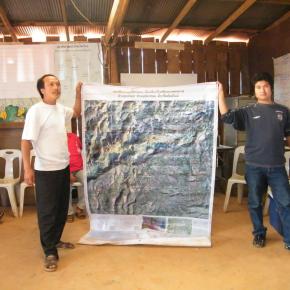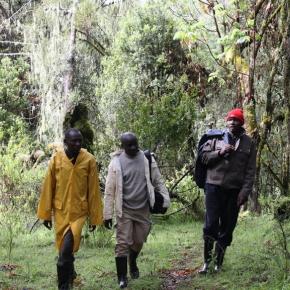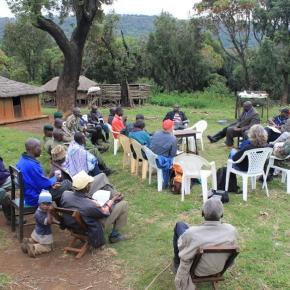About
For more information or inquiries, please email whakatane@forestpeoples.org
The aim of the Whakatane Mechanism is to assess the situation in different protected areas around the world and, where people are negatively affected, to propose solutions and implement them. It also celebrates and supports successful partnerships between peoples and protected areas.
At the IUCN Commission on Environmental, Economic and Social Policy (CEESP) ‘Sharing Power’ conference in Whakatane, New Zealand, January 2011, a meeting was held between indigenous representatives, the chairs of three IUCN Commissions (CEESP, the World Commission on Protected Areas (WCPA) and the Species Survival Commission (SSC)) and two sub-commissions (the Theme on Indigenous Peoples, Local Communities, Equity and Protected Areas (TILCEPA) and the Theme on Governance, Equity and Rights (TGER)), IUCN’s Director of the Environment and Development Programme and Senior Adviser on Social Policy, and other staff from IUCN, Conservation International and the Forest Peoples Programme (FPP).
The outcome of the Whakatane meeting was an agreement to implement a series of measures in order to review the implementation of resolutions related to indigenous peoples adopted at the 4th World Conservation Congress (WCC4) in 2008, in Barcelona, Spain and to advance their implementation should there be a gap.
These resolutions, along with the Durban Action Plan and the Programme of Work on Protected Areas (POWPA) of the United Nations Convention on Biological Diversity (CBD), are often termed as the “new conservation paradigm”. They are crucial for ensuring that conservation practices respect the rights of indigenous peoples, including those specified in the United Nations Declaration on the Rights of Indigenous Peoples, and for ensuring the full and effective participation of indigenous peoples in conservation policy and practice. Unfortunately, the actual implementation of these decisions in support of indigenous peoples has been very patchy as described in numerous publications on the social effects of conservation.
IUCN decided to implement a Whakatane Mechanism, including Whakatane Assessments of protected areas at the local level, in partnership with indigenous peoples’ organisations (IPOs), the Forest Peoples Programme, CEESP, TILCEPA and TGER. These are required by IUCN pursuant to WCC4 Resolution 4.048 to follow up on the Durban Accord and Action Plan and Resolution 4.052 that seeks to develop a “mechanism to address and redress the effects of historic and current injustices against indigenous peoples in the name of conservation of nature and natural resources”, which is in line with the mainstreaming of United Nations Declaration on the Rights of Indigenous Peoples (UNDRIP) in the IUCN.
It was agreed that two pilot assessments should identify and address problematic areas, where people are still negatively impacted by protected areas or proposed protected areas, and where peoples’ rights are being violated, these assessments should propose solutions and develop transparent and accountable processes to implement them. They should also specify recommendations to address gaps between actual observed practices and the ‘new conservation paradigm’. Furthermore, they should identify, celebrate and support successful projects and best practices.
The findings of the Whakatane Assessments are reported in national workshops, which devise ways to implement the assessments’ recommendations, including those related to national policy and legal and institutional aspects.
The first two pilot Whakatane Assessments took place in 2011 and 2012, at Mt Elgon, Kenya and Ob Luang National Park, Thailand. A third Whakatane Assessment took place in Kahuzi-Biega National Park in the Democratic Republic of Congo (DRC), starting in 2014.


